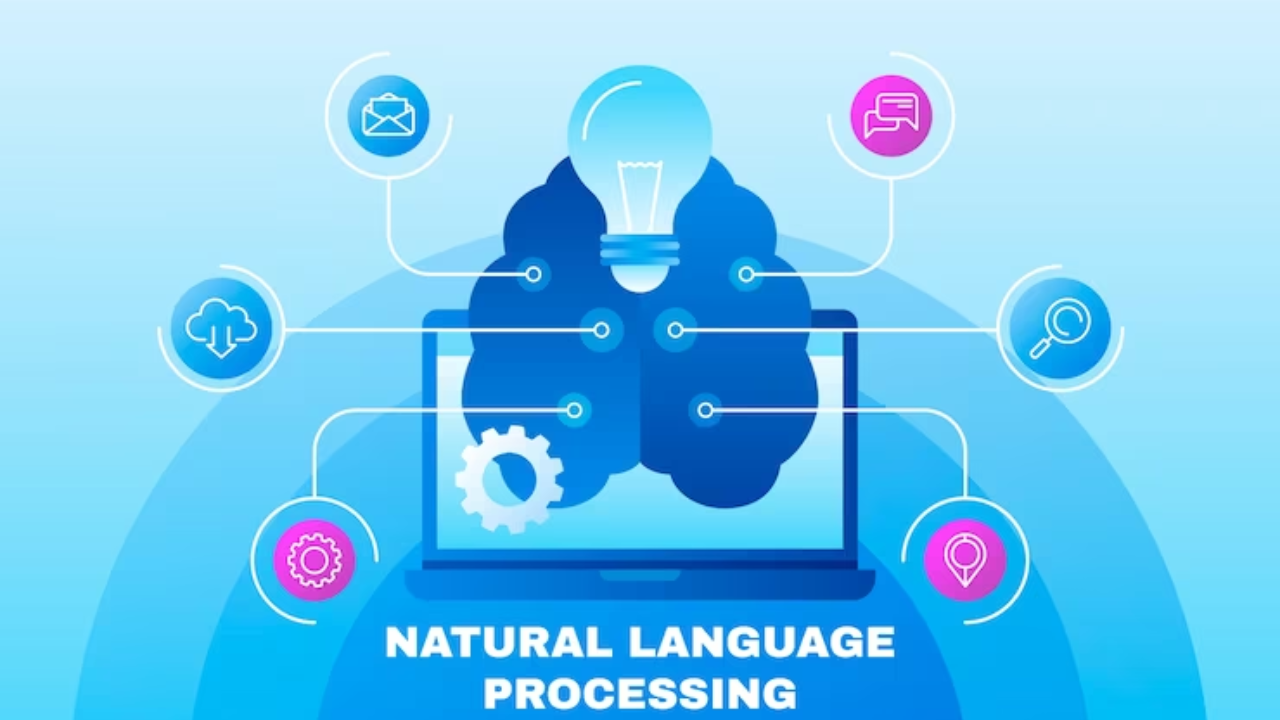Introduction
Natural Language Processing (NLP) is a subfield of artificial intelligence that focuses on the interaction between computers and human language. It encompasses a range of techniques and algorithms that enable computers to understand, interpret, and generate human language in a meaningful way. In this article, we will explore the role of Natural Language Processing in language understanding, examining its applications, challenges, and advancements that have propelled it to the forefront of modern technology.

1. Language Understanding and NLP
Language understanding is the ability to comprehend and derive meaning from human language. NLP plays a crucial role in achieving language understanding by enabling computers to process and interpret text or speech data. Through various techniques such as text classification, sentiment analysis, and named entity recognition, NLP algorithms can extract meaningful information, identify relationships, and understand the context of human language.
2. Text Classification and Sentiment Analysis
Text classification is a fundamental task in NLP that involves categorizing textual data into predefined categories or classes. It enables machines to automatically analyze and organize large volumes of text data. Sentiment analysis, a specific type of text classification, focuses on determining the sentiment or opinion expressed in a given text. By leveraging NLP techniques, sentiment analysis algorithms can identify emotions, attitudes, and opinions in text, allowing businesses to gauge customer sentiment, analyze feedback, and make data-driven decisions.
3. Named Entity Recognition and Information Extraction
Named Entity Recognition (NER) is an important NLP task that involves identifying and classifying named entities in text, such as names of people, organizations, locations, dates, and more. NER plays a crucial role in information extraction, where relevant information is extracted and structured from unstructured text data. By utilizing NLP algorithms, computers can automatically identify and extract specific information, enabling efficient data retrieval, analysis, and knowledge discovery.
4. Question Answering and Dialogue Systems
Question Answering (QA) systems utilize NLP techniques to comprehend questions asked in natural language and provide relevant answers. These systems employ information retrieval, knowledge representation, and reasoning techniques to process the question, search for relevant information, and generate a suitable response. Dialogue systems, also known as chatbots or virtual assistants, leverage NLP to engage in interactive conversations with users, providing assistance, answering queries, and performing tasks. NLP algorithms enable these systems to understand user input, generate appropriate responses, and maintain context during the conversation.
5. Machine Translation and Language Generation
Machine Translation is a challenging NLP task that involves automatically translating text or speech from one language to another. NLP techniques, such as statistical machine translation and neural machine translation, enable machines to understand the linguistic structures and semantics of source text and generate coherent and accurate translations. Language generation is another area where NLP plays a significant role. By leveraging techniques like natural language generation and text summarization, machines can generate human-like text, making it useful for applications such as content creation, report generation, and personalized messaging.
Challenges in Language Understanding
Despite the advancements in NLP, several challenges persist in achieving comprehensive language understanding. Some of these challenges include:
a. Ambiguity: Natural language often contains ambiguous words, phrases, and context. Resolving ambiguity and understanding the intended meaning is a complex task for NLP systems.
b. Contextual Understanding: Understanding language in the context of the surrounding text or conversation is crucial for accurate interpretation. Capturing and maintaining context remains a challenge, especially in multi-turn conversations.
c. Linguistic Variations: Different languages, dialects, and writing styles introduce variations in language understanding. NLP systems need to account for these variations to ensure accurate analysis and interpretation.
d. Domain-specific Understanding: NLP models trained on general text may struggle to understand domain-specific language or terminology. Adapting models to specific domains or tasks is an ongoing challenge.
Advancements and Future Directions
Recent advancements in NLP, driven by deep learning and neural network architectures, have significantly improved language understanding capabilities. Pretrained language models, such as BERT (Bidirectional Encoder Representations from Transformers) and GPT (Generative Pre-trained Transformer), have demonstrated impressive performance across various NLP tasks. These models can capture complex language patterns, contextual understanding, and semantic relationships, pushing the boundaries of language understanding.
In the future, we can expect further advancements in areas such as:
a. Multilingual Understanding: NLP models that can understand and process multiple languages simultaneously will enable more effective cross-language communication and translation.
b. Contextual Reasoning: Enhancing NLP models with advanced reasoning capabilities will enable machines to understand and reason about complex ideas, enabling more sophisticated language understanding.
c. Interactive and Dynamic Conversations: Developing dialogue systems that can engage in more interactive and dynamic conversations, including nuanced responses and maintaining coherent dialogue flow, will enhance user experiences.
d. Ethical Considerations: Addressing ethical concerns, such as bias in language understanding models and ensuring privacy and security in NLP applications, will be crucial for responsible development and deployment of NLP technologies.
Conclusion
Natural Language Processing (NLP) plays a vital role in enabling machines to understand and interpret human language. From text classification and sentiment analysis to machine translation and dialogue systems, NLP algorithms have made significant advancements in language understanding. Despite the challenges that persist, ongoing research and advancements in NLP techniques, fueled by deep learning and neural network architectures, promise a future where machines can comprehend and engage with human language more effectively. As NLP continues to evolve, it will continue to reshape various industries and open up new possibilities for human-computer interaction and communication.
